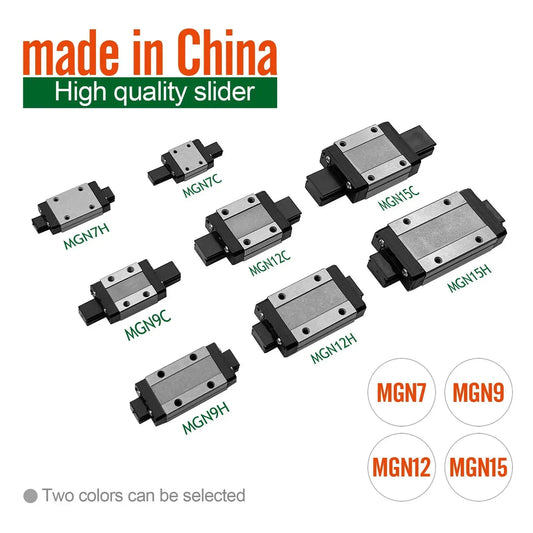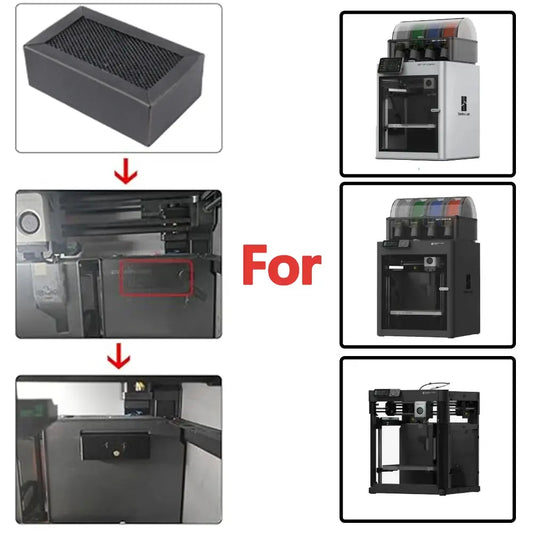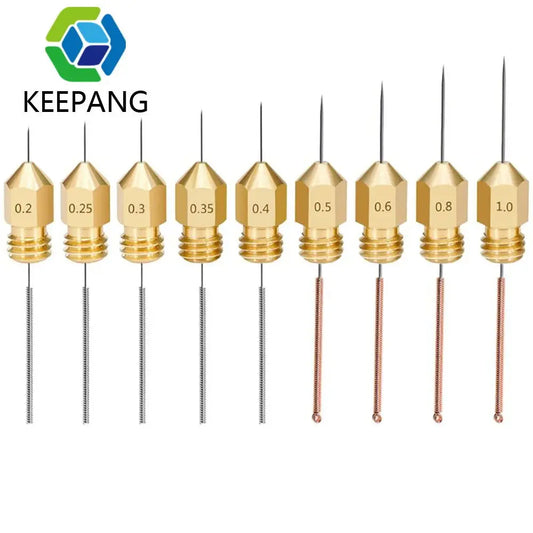
Resin vs Filament 3D Printers
Share
Resin vs Filament: Which 3D Printer is Right for You?
Choosing between a resin and filament 3D printer can be a bit overwhelming, especially if you're new to the world of 3D printing. Each type of printer has its own unique advantages and disadvantages, so it's important to understand the key differences before making a decision.
Resin 3D Printers
- How it works: Resin printers use a vat of liquid resin that is cured by a UV light source. The printer moves a platform up and down through the resin, layer by layer, to create the desired object.
-
Pros:
- High resolution: Resin printers are known for producing highly detailed and accurate prints.
- Smooth surfaces: Resin prints have a smooth, glossy finish that is often preferred for models and figurines.
- Faster printing: Resin printers can often print faster than filament printers, especially for small objects.
-
Cons:
- Cost: Resin printers and resin materials can be more expensive than filament printers and materials.
- Safety: Resin can be toxic and requires proper ventilation and safety equipment.
- Cleaning: Resin can be messy and requires careful cleaning after each print.
Filament 3D Printers
- How it works: Filament printers use a spool of plastic filament that is heated and extruded layer by layer to create the desired object.
-
Pros:
- Cost: Filament printers and filament materials are generally more affordable than resin printers and materials.
- Safety: Filament printers are generally safer than resin printers and do not require the same level of ventilation or safety equipment.
- Variety of materials: Filament printers can use a wide variety of materials, including PLA, ABS, PETG, and more.
-
Cons:
- Lower resolution: Filament printers typically produce less detailed prints than resin printers.
- Rougher surfaces: Filament prints often have a rougher finish than resin prints.
- Slower printing: Filament printers can be slower than resin printers, especially for small objects.
Cost Comparison:
| Feature | Resin Printer | Filament Printer |
|---|---|---|
| Initial cost | Higher | Lower |
| Material cost | Higher | Lower |
| Maintenance cost | Higher | Lower |
Which one is right for you?
The best 3D printer for you will depend on your specific needs and budget. If you're looking for high-resolution, smooth prints and don't mind spending a bit more, a resin printer might be the right choice. If you're on a budget and don't need the same level of detail, a filament printer might be a better option.
Ultimately, the best way to decide is to do your research, read reviews, and consider your specific needs.



